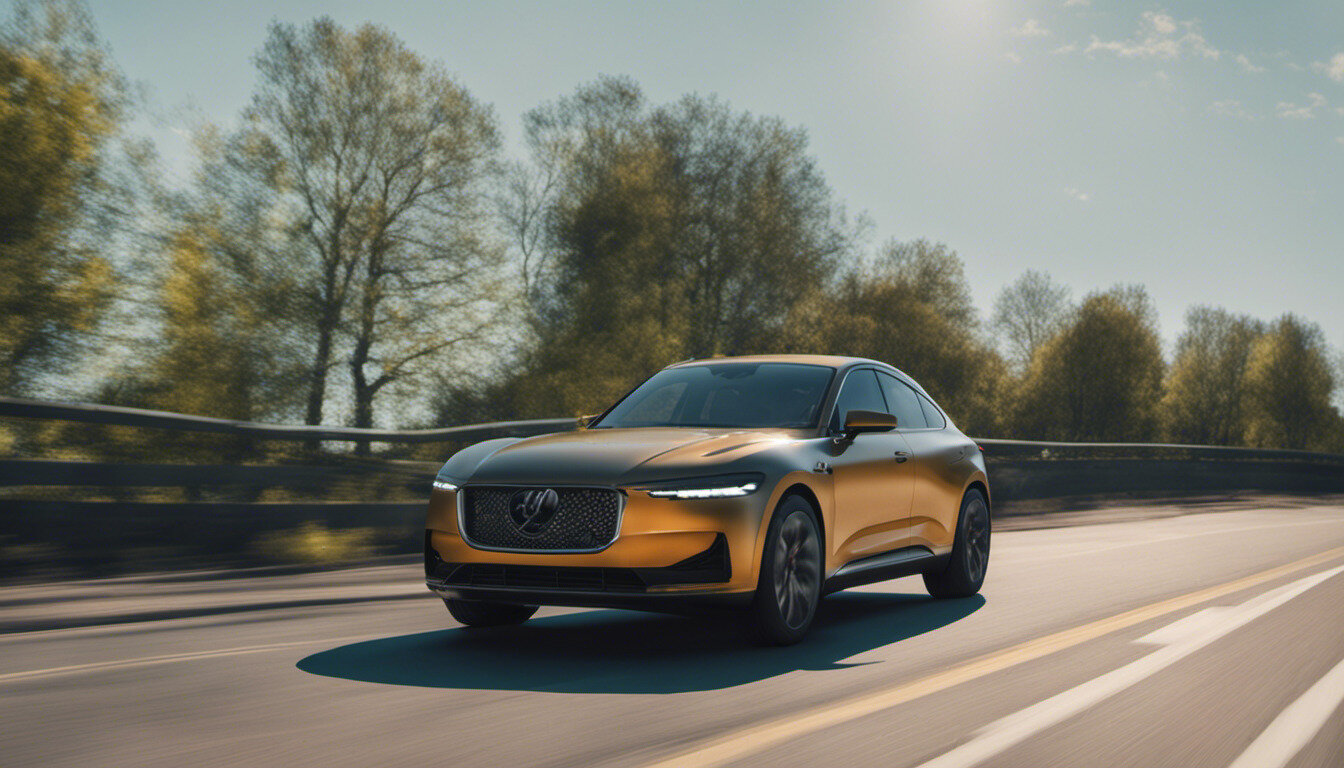
In the last decennia, the automotive industry has been changing. Twenty years ago, no one would ever believe that autonomous driving would even exist and yet nowadays people are becoming increasingly acquainted with this new feature in their “all electric Tesla mobile”.
Speculative innovations like this have merely been foreshadowing up until now. Imagine handing over your steering wheel to the AI system of a car and instead of driving all the time, relaxing in-between your drive. It is not a fantasy anymore, but a reality.

Because of this new disruption, the role of the driver is prone to switch from a manual to a partial autonomous driving mode. Accordingly, the classic, old-fashioned driving pleasure, of which the majority of us is (still) accustomed to, is influenced as well.
Driving pleasure is rather a subjective matter, that can be based on personal experiences and is also context- and/or car-related. A lot of car companies consider driving pleasure to be a core competency of their cars. Some companies even have slogans that mention this competency, for example “Sheer Driving Pleasure – BMW”. Furthermore, driving pleasure has an impact on the choice of car that people buy and how they drive. Therefore, the joy that people experience from driving is a major motive for car use and willingness to pay.
However in the future, one will rarely press the gas pedal, speed up and feel that adrenaline rush anymore. This “high” that drivers often experience might need to be redesigned, which will require car companies to revise their business models and strategies. Additionally they will need to anticipate on the concept of a “car”, changing over time. As the driver’s role changes, consequently so does the driving experience and driving pleasure.
As technology for autonomous driving advances, it is no longer groundbreaking to think that within several years of time we are likely to not be in control of the car anymore. This is a rather scary and risky thought, and a new approach might therefore be necessary to create awareness of the technology and getting people acquainted with the idea of handing over control.

